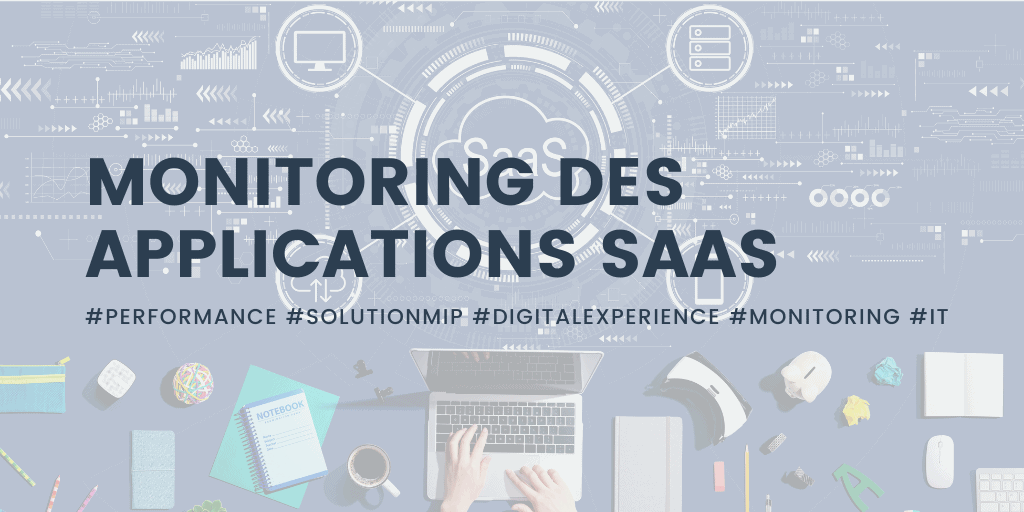
Monitoring SaaS applications
What is the SaaS ?
The Software as a Service (SaaS) is a model of distribution of software where a third-party supplier could host the applications and makes them available for its clients via internet.
It is one of the main four categories of the cloud Computing, same as the infrastructure as a service (Iaas), the platform as a service (PaaS), and the desktop as a service (DaaS).
We will focus today on the monitoring of applications SaaS targeting users in companies.
Why to monitor their performance?
The first reason is to ensure the users satisfaction. This allows them to be more productive, they will have a better image of their employer and the performance of their organization.
Also, they will not waste any time trying to fix the problems in the application, while we know that a third of the employees, 30%, do not know who is responsible of enhancing their numerical experience, or even if such a function exists in the company.
It is also necessary to check the service level (SLA) to verify the commitment of the supplier.
For example, if a supplier commits to 99.9% availability of an application, this corresponds to an unavailability of approximately 43 minutes over a month. We immediately see the problem that a decrease in performance would pose.
Having factual information on the level of service makes it possible to objectify the relationship with the supplier and to increase the performance of the tools.
Finally, the level of service (SLA) delivered to users is not equal to the service level of the supplier, but to the sum of the services of all the suppliers. A user combines several commitments of service level, for example a collaborative suite and Internet access.
It is this combination that must be measured to have a clear view of the experience.

How to easily implement this supervision?
Before the installation of monitoring tools such as the MIP solution, it was the user who was in the first line to solve the problem.
This solution posed multiple problems: the loss of time for several users trying to solve the same problem, the loss of user productivity, leading to disorganization in the reporting of performance losses.
Companies were also able to use supplier status pages. However, this information is fragmented and rarely updated in real time.
The right solution is to use Digital Experience Monitoring, by carrying out user workflows inside the application.
This solution allows you to analyse the performance of SaaS, on site, or internally developed applications, youmeasure the performance of all your applications.
You analyse step-by-step lead time, item load details, and perform metrics from the data centre and on-premises.
Planning a cloud migration? Insure it and check the results! .
It also makes it possible to factualize the user experience. Thanks to screenshots and video replays of incidents, you optimize the diagnosis and therefore their resolution. Whether they are practical or network-related, the unified view facilitates communication between the IT teams.
Finally, it allows you to challenge your suppliers. To simplify discussions with your suppliers, we put in place measures aligned with your SLA service contracts to collect relevant metrics and concrete facts